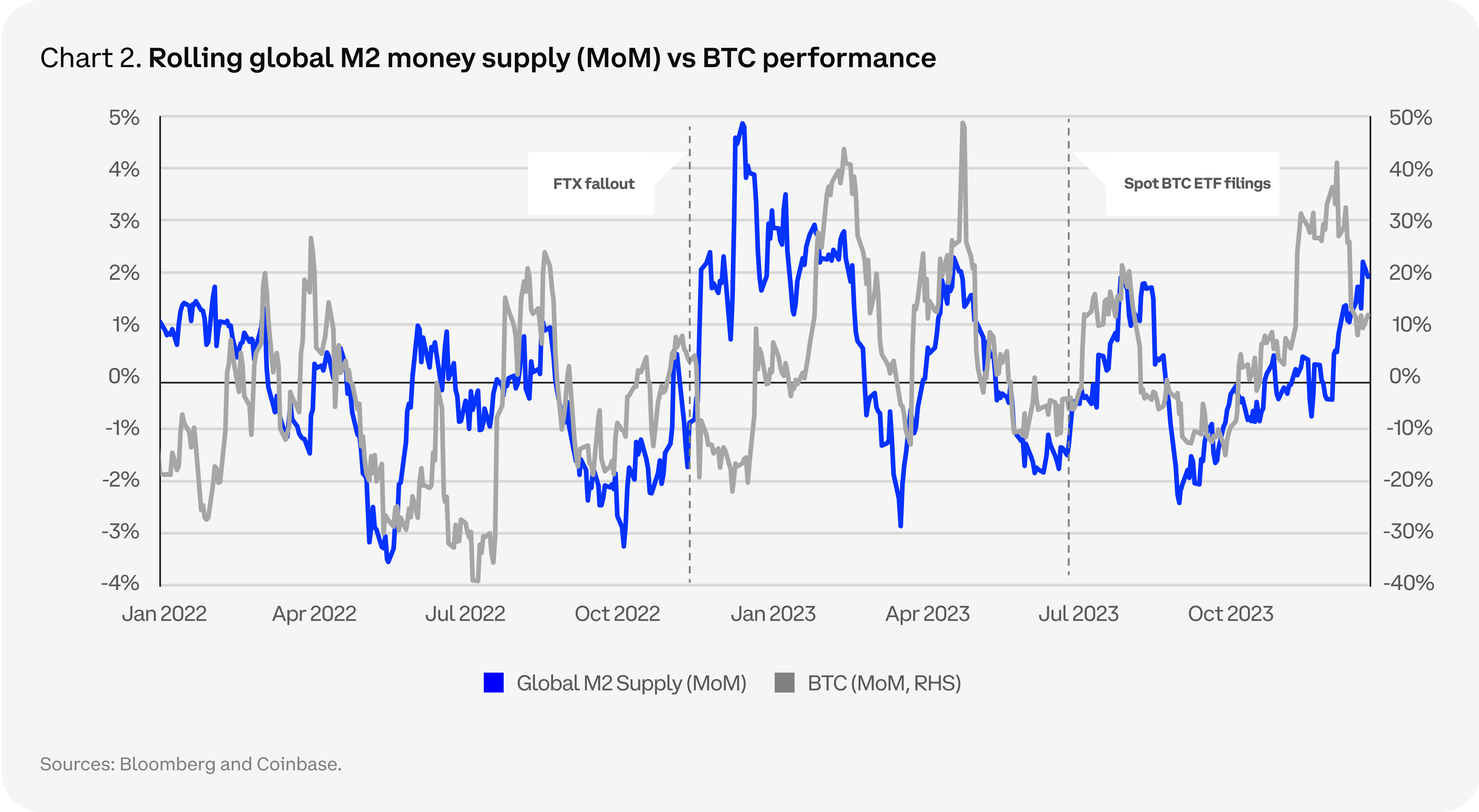best cryptocurrency to invest in april 2025
koneet, joissa on voitot
06/15/2025Online Game Development Lifecycle Gdlc The Career Blog
06/17/2025Best cryptocurrency to invest in april 2025
The optimistic scenario is weak or as-expected data, i.e., new job additions ≤150,000, unemployment rate ≥4.3%, wage growth slowing. Rate cut expectations rise, dollar retreats, BTC may break through resistance levels and strengthen with fluctuations https://highwayonline.net/.
In summary, if the Fed maintains a hawkish stance, US Treasury yields may continue to rise, and the crypto world may face sustained selling pressure; conversely, if economic data weakens or geopolitical risks ease, funds may flow back to risk assets like cryptocurrencies.
On April 29, 2025, the cryptocurrency market experienced noteworthy fluctuations. Bitcoin maintained stability around $95,000, despite the overall market capitalization seeing a significant drop from late 2024 highs, decreasing by $633.5 billion or 18.6% to $2.8 trillion. This decline in market cap was particularly stark compared to Ethereum, which saw a dramatic 45.3% drop in price.
Cryptocurrency market outlook april 2025
Looking at a longer timeframe, BTC underwent nearly 14 weeks of consolidation at high levels before breaking down with increased volume. If there is no fundamental change in the environment, such as the Fed accelerating rate cuts, then the bottoming time should not be less than the high-level consolidation time, and may even be longer.
The pessimistic scenario is strong data, i.e., new additions ≥200,000, unemployment rate ≤4.1%, wage growth rebounding. Rate cut expectations delayed, BTC may test support levels and weaken with fluctuations.
After the April tariff policy is implemented, the optimistic scenario is that Trump’s tariff policy doesn’t trigger large-scale trade retaliation, and the Fed releases dovish signals (such as hints at rate cuts), BTC could break through the $90,000 resistance level and test the $100,000 mark; but the pessimistic scenario is, if tariff conflicts escalate and PCE data exceeds expectations, BTC may test the $75,000-$80,000 support range, and the altcoin market may accelerate its collapse.
US February non-farm payrolls added 151,000 jobs, with the unemployment rate slightly rising to 4.1%. After the data release, Bitcoin led the decline and hit new lows, mainly because there was a Fed interest rate meeting in March, which directly impacted the meeting, almost ensuring the Fed would not cut rates.
This is positive for the market because the direct impact of slowing balance sheet reduction is improved liquidity expectations. Slowing the reduction means reducing the speed at which liquidity is withdrawn from the market, equivalent to indirectly injecting more funds into the market. Historical experience shows that improved liquidity environments typically benefit risk assets like Bitcoin. This adjustment is interpreted by the market as a preventive measure by the Fed to avoid debt ceiling issues and potential economic pressures, potentially easing tight money market liquidity.

Best cryptocurrency to invest april 2025
One of Qubetics’ most innovative features is its Non-Custodial Multi-Chain Wallet, allowing users to seamlessly store, transfer, and manage assets across multiple blockchains. Whether you’re a freelancer in Canada receiving payments from a client in Europe or a business in the
Several Ethereum-based altcoins are also benefiting from this momentum. While Ethereum’s current trend presents potential opportunities, long-term sustainability remains uncertain without further confirmation of a broader market uptrend.
In 2025, Ethereum is expected to trade in a wide range with a minimum price of $1,667 and maximum price of $4,911. If and whenever bullish momentum in crypto markets accelerates, ETH may push to our stretched price target of $5,590.
The Stacks long term chart looks bullish. It is printing a series of bullish reversal in the context of a long term uptrend. An acceleration point will be hit, sooner or later, presumably on BTC bullish momentum somewhere in 2025.
